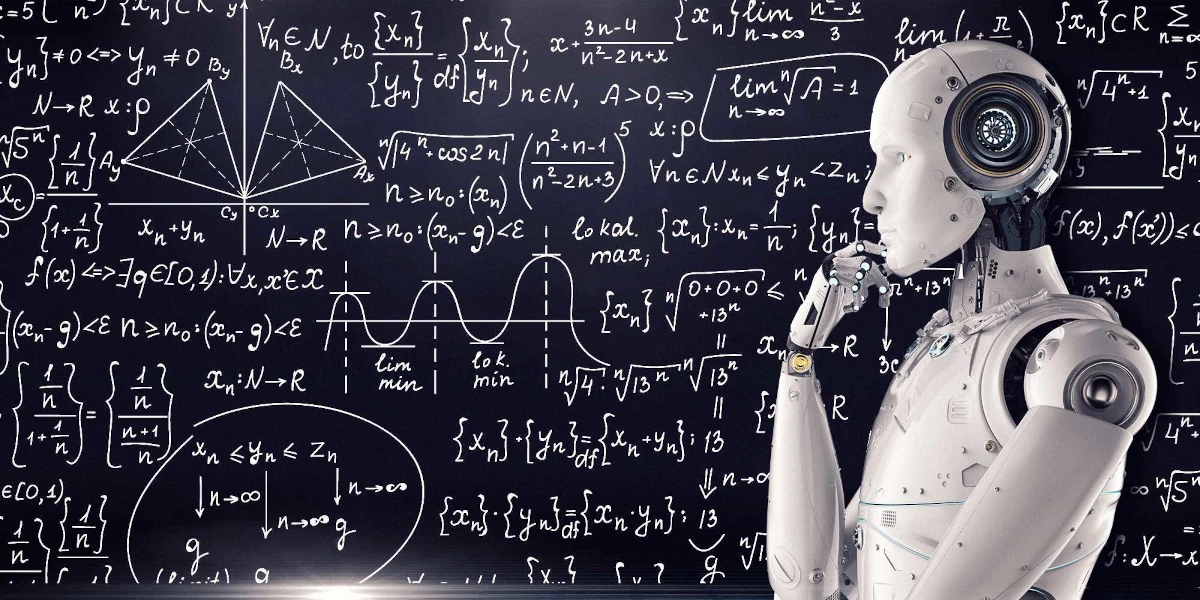
Artificial Intelligence (AI) and Machine Learning (ML) are two terms that often appear interchangeably in popular discourse, yet they are not synonymous. While AI is a broader concept concerning machines that can mimic human intelligence, Machine Learning is a specific subset that focuses on the development of algorithms that enable computers to learn from data. Understanding the relationship between these two areas of computer science is crucial for grasping the incredible advancements we see today in everything from self-driving cars to personalized medicine. This article aims to delineate the concepts of Machine Learning and Artificial Intelligence and explore how they are interconnected.
What is Artificial Intelligence?
Artificial Intelligence is a field in computer science that aims to create machines capable of performing tasks that would ordinarily require human intelligence. These tasks may include problem-solving, understanding natural language, recognizing patterns, learning from experience, and adapting to new situations.
Types of AI
AI can be broadly classified into two categories:
- Narrow or Weak AI: This type of AI is specialized to perform specific tasks or solve particular problems. Examples include recommendation algorithms on streaming platforms or image recognition software.
- General or Strong AI: This form of AI remains a theoretical concept and would entail machines with the ability to perform any intellectual task that a human can do. They would possess self-awareness, emotions, and the ability to adapt to change.
What is Machine Learning?
Machine Learning is a subfield of AI that focuses on the development of algorithms that enable computers to learn from and make decisions based on data. Unlike traditional algorithms that are explicitly programmed to perform specific tasks, machine learning algorithms are designed to analyze data and draw inferences automatically.
Types of Machine Learning
Machine Learning can be categorized into three main types:
- Supervised Learning: In this type, the algorithm is trained on a labeled dataset, meaning each training example is paired with an output label. The machine learns to predict the output from the input data.
- Unsupervised Learning: Here, the algorithm is trained on an unlabeled dataset, and it tries to identify underlying patterns or structures in the data.
- Reinforcement Learning: In this paradigm, an agent learns to perform actions to maximize some notion of cumulative reward, often interacting with an environment to do so.
The Intersection of AI and ML
Machine Learning serves as the backbone for many AI systems and applications. It enables machines to improve their performance without being explicitly programmed to do so, thus making them appear “intelligent.” Here’s how ML contributes to AI:
- Data-Driven Decisions: ML algorithms analyze vast amounts of data to make predictions or decisions without human intervention.
- Adaptability: As they are exposed to more data, machine learning algorithms can learn and improve, mimicking the human ability to adapt to new information.
- Automation: ML can automate complex tasks that would otherwise require human cognitive abilities, making systems more efficient.
Conclusion
Artificial Intelligence aims to replicate or simulate human intelligence in machines. Machine Learning, a critical subset of AI, equips these machines with the ability to learn from data. Together, they are revolutionizing industries and making what once seemed like science fiction a reality. Understanding the nuances between these two areas of computer science will equip us better to appreciate the remarkable technologies that are shaping our world.



